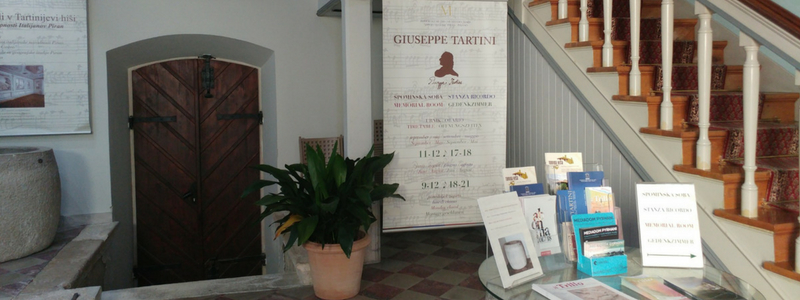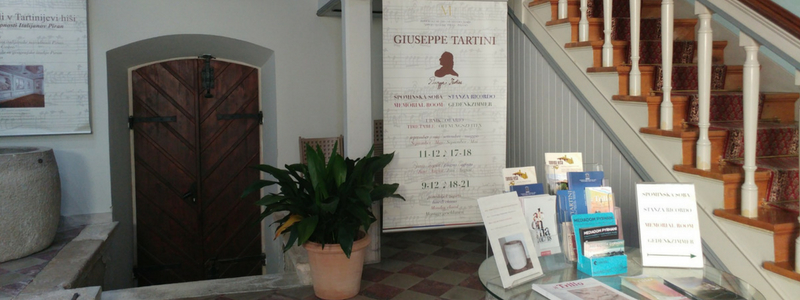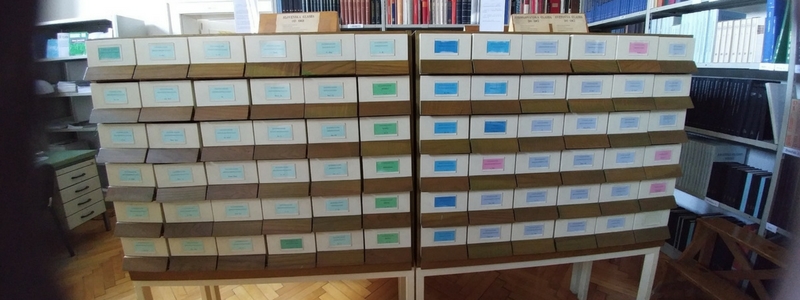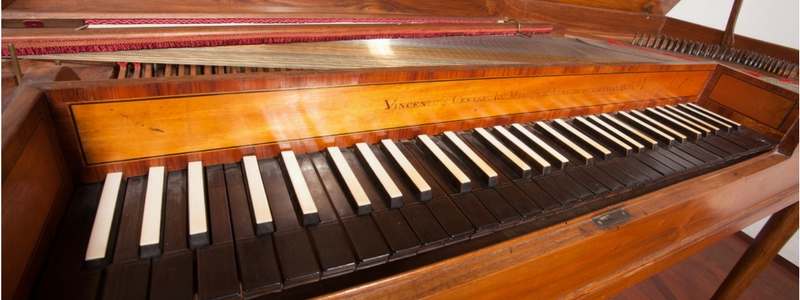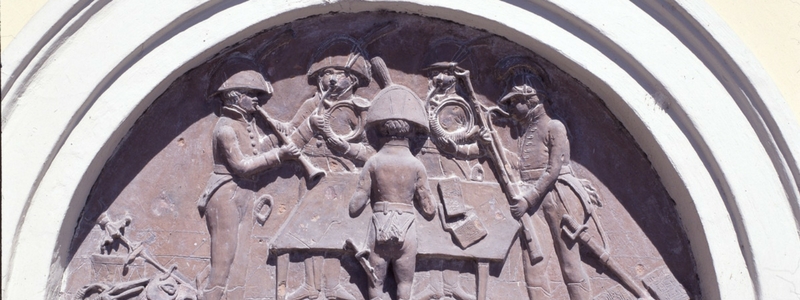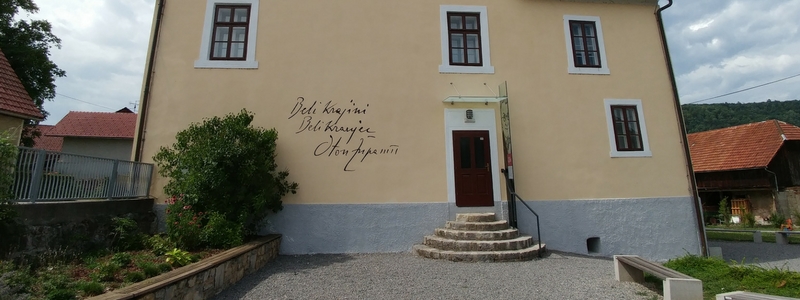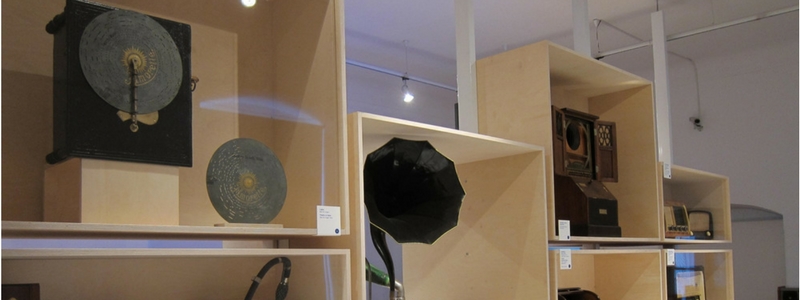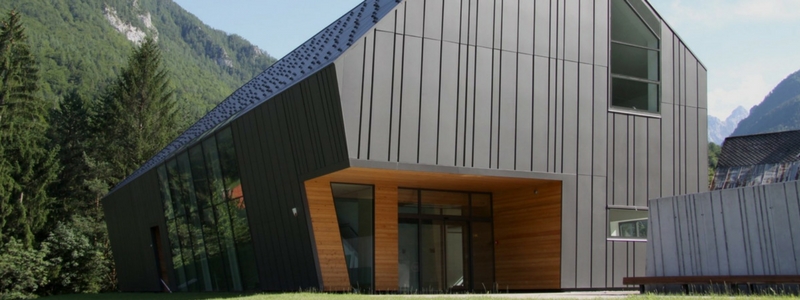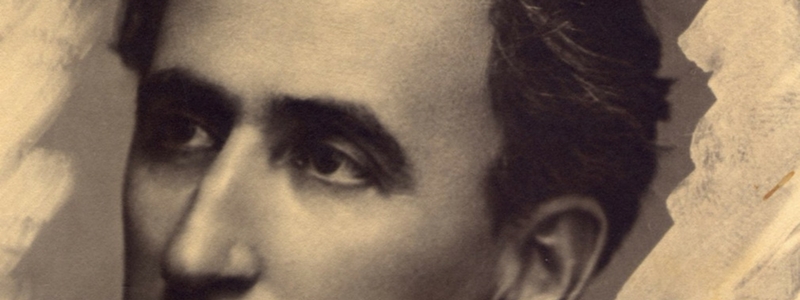One of the houses on the north side of Tartini Square, the Tartini House is an example of bourgeois architecture and forms part of the built cultural heritage. During the comprehensive conservation works between 1988 and 1992, wall paintings were uncovered and restored, frescoes primarily commissioned by Tartini’s nephew, Captain Pietro Bartolomeo Tartini. The building
Tartini House
